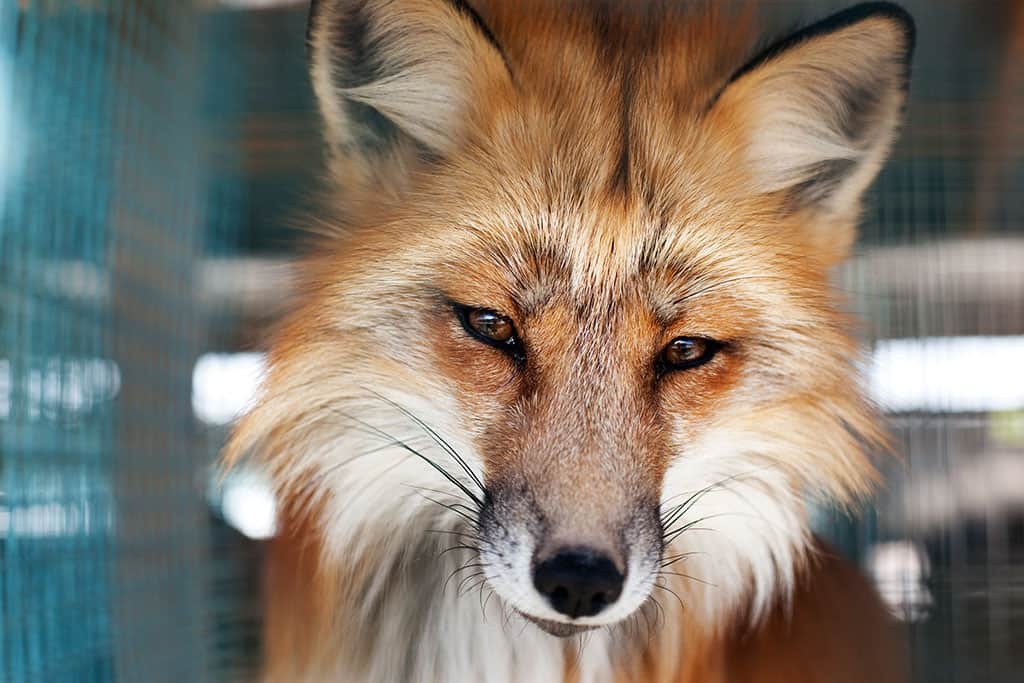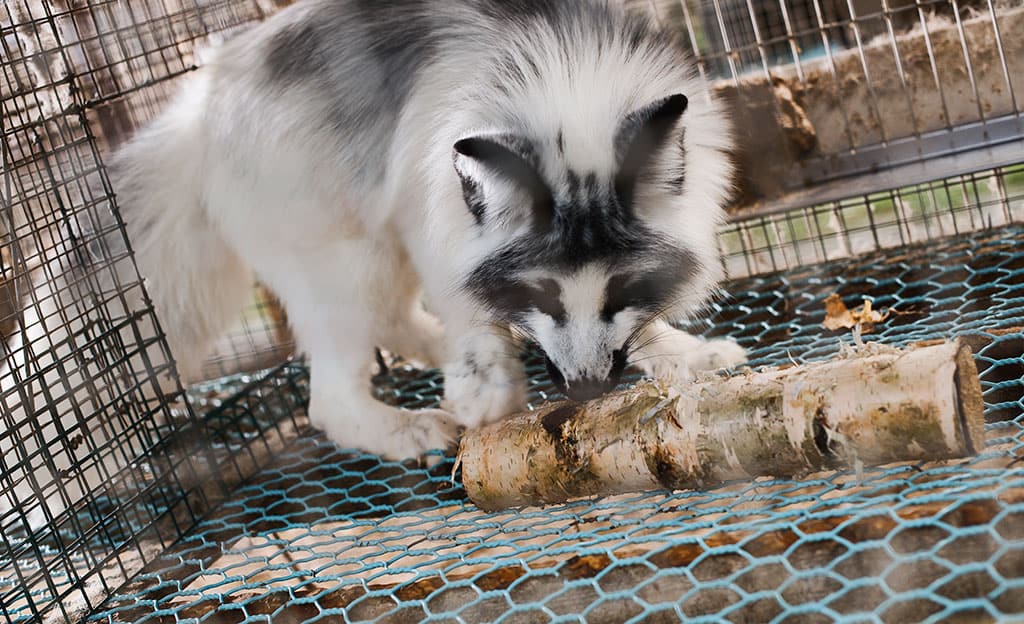Fox Farming

Photo: Saga Furs
The farming of red fox (Vulpes vulpes) as a successful business took off on Canada’s Prince Edward Island (PEI) in 1895, when Charles Dalton and Robert Oulton raised wild pups to maturity for the first time. These foxes were of the silver-black variety, sometimes known as silver fox, a naturally occurring colour mutation of red fox.
The fox industry quickly grew to be PEI’s most profitable agricultural sector. By 1913, there were 277 fox farms, and by 1923, there were 448.
Fox fur has always played an important part in fashion, particularly because of its long, glossy guard hairs and spectacular natural colours. It was particularly popular among women in the early 20th century as they strove to emulate Hollywood filmstars, and a scarf made from a single pelt could cost as much as $1,000. Farmers at this time could also get rich from selling breeding stock, with one adult pair reportedly costing as much as $35,000.
After World War II, though, fur fashion moved towards shorter-haired pelts, in particular mink. These days, fox fur is mostly used for collars and other trim, while jackets and coats made exclusively of fox are unusual.
VARIED DIET

Photo: Saga Furs
The red fox is an omnivore with a highly varied diet. Most farmed foxes in Canada today are fed with commercially manufactured, dry pellets similar to pet food. This eliminates the need for freezers and the risk of illness caused by improperly refrigerated feed. Some farmers, however, still prefer to make their own wet feed using by-products from human food-processing, supplemented with cereal, vitamins and minerals.
Adult breeding foxes are housed individually in wire mesh pens, and provided with a nest box with bedding for the reproduction season. Females have their first litters at about one year of age.
Foxes are bred once a year, with the breeding season running from January to March. Pregnancy lasts for 54 days, and pups are born between March and May. Litters can number from one to nine, with three being the average. Pups are nursed for about six weeks, and weaned in May and June. Weaned pups are first reared together with their litter mates, before being separated into pairs.
Winter fur development begins in August, and is considered prime and ready for pelting in November and December. Aside from red, natural colours of fox fur include silver, pearl, platinum, and many combinations.
Through countless generations of selective breeding for colour, size, fur quality, fecundity, docility, mothering ability, growth rate, and litter survival, farmed fox have evolved to be different from their wild cousins. Supported by good nutrition, housing and veterinary care, this has produced a larger, more robust animal exhibiting a much quieter temperament. However, even though experiments have shown foxes can be tamed , they may bite when defensive, and for this reason farmers normally handle them with thick leather mitts or neck tongs.
